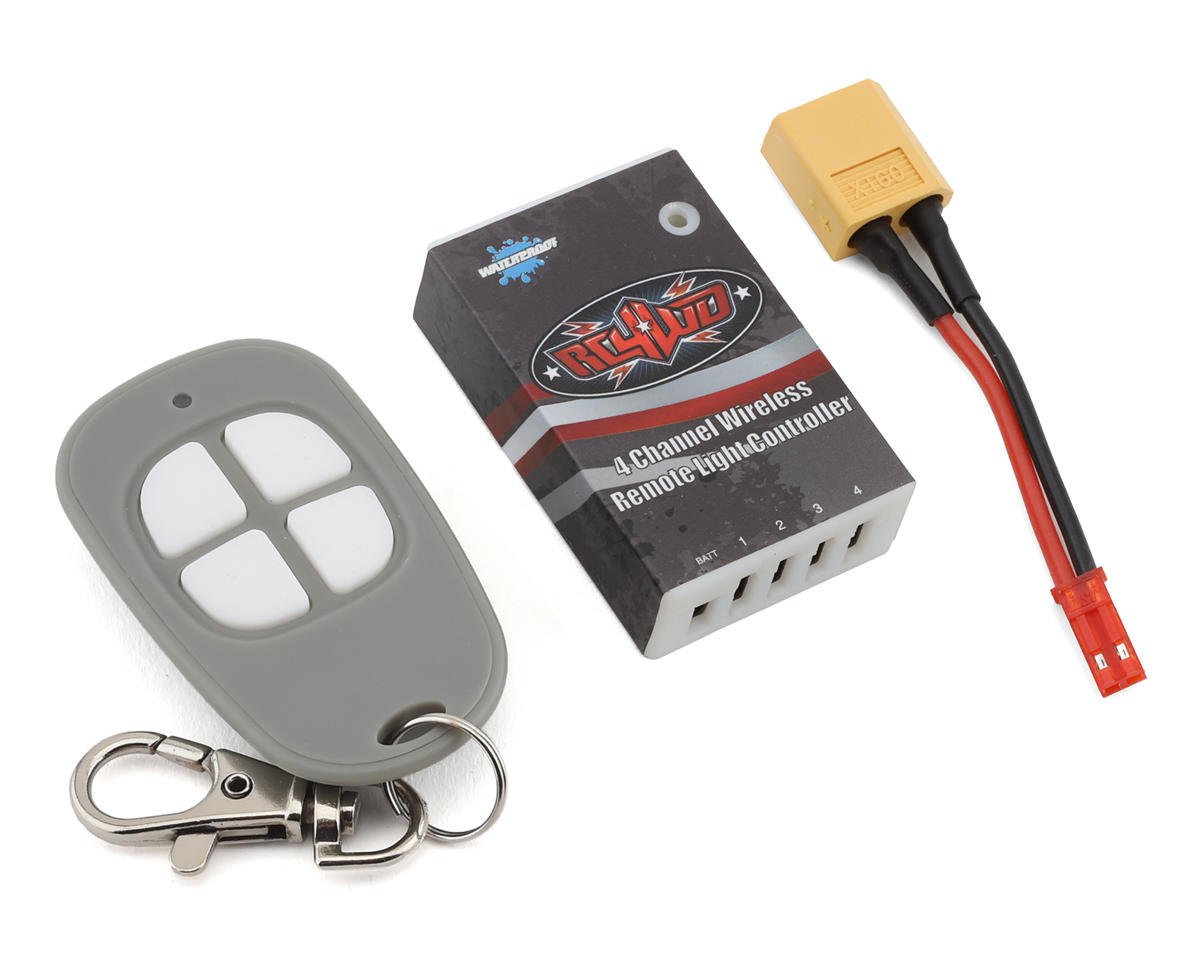

But keep your gaming console close to the router.Ģ.4 GHz goes further. However, 5 GHz isn't as good at going through walls.įor instance, you should use 5 GHz when for bandwidth hungry use cases like online gaming (when a wired connection isn't possible) or high-definition video streaming. Additionally, 5 GHz benefits from more non-overlapping channels and less interference which can boost performance advantages. 5 GHz Wi-Fi offers faster uploads and downloads than 2.4 GHz. However, there is a tradeoff between increased performance and range of coverage.ĥ GHz is faster. In most cases you should use 2.4 GHz to optimize for distance and 5 GHz to optimize for speed. The relative abundance of non-overlapping channels on 5 GHz Wi-Fi makes it less susceptible to interference.

As a result, 2.4 GHz bands are more likely to experience interference. Many consumer devices, such as cordless phones and microwaves, use 2.4 GHz frequency bands.

The prevalence of 2.4 GHz devices and limited number of non-overlapping channels with 2.4 GHz can exacerbate network congestion issues. This popularity does have a downside, though. 2.4 GHz has also been widely used for a longer period of time, so more 2.4 GHz devices have been deployed. 2.4 GHz is cheaper to implement than its 5 GHz counterpart, so manufacturers leverage it to save costs. 2.4 GHz vs 5 GHz: Popularity, interference, throughput, and rangeĢ.4 GHz is more popular than 5 GHz at the moment, but both are widely used. Note that this is a generalization and available channels vary depending on location and channel size. Using 20 MHz, there are 24 non-overlapping channels available within the 5 GHz band. However, an additional range of Unlicensed National Information Infrastructure (UNII) bands widens that range to 750 MHz. The 5 GHz Wi-Fi band covers a 150 MHz range from 5.725 GHz to 5.875 GHz. For example, only 11 channels are available in the United States. Note that due to varying regulations, not all channels are available for use in all locations. With 2.4 GHz Wi-Fi, there are four non-overlapping 20 MHz channels: 1, 6, 11, and 14. This is important to understand because overlapping Wi-Fi channels can interfere with one another. This is greater than the 100 MHz size of the 2.4 GHz band, which means that channels overlap. If you do the math, you'll quickly see that 14 bands of 20 MHz equals 180 Mhz. Note that channels 1, 6, 11, and 14 do not overlap. Note in the image above that there are 14 channels in the 2.4 GHz band. The 2.4 GHz band is split into 14 discrete channels that are 20 MHz each (more on other channel sizes in a bit). The 2.4 GHz band covers a 100 MHz range of 2400 MHz to 2500 MHz (equivalent to 2.4 GHz to 2.5 GHz). These Wi-Fi bands are then split into channels for wireless devices to communicate on. The two main Wi-Fi bands are 2.4 GHz and 5 GHz. It's also an important prerequisite to understanding Wi-Fi channels and channel width. Understanding Wi-Fi bands is vital to understanding when to use 20 MHz versus 40 MHz versus 80 MHz channel widths. Let's explore the "why" behind these generalizations to help you gain a better understanding of the topic. Like most things in tech, the right answer to this question depends on context. Of course, there are plenty of "gotchas" and the rules of thumb above won't always be best for you.
HOW TO CHECK WIFI CHANNEL WIDTH HOW TO
With 5 GHz, if you don't have to worry about interference and all your client devices support it, go with the highest width available.įor a practical example of how to optimize Wi-Fi, check out how CBT Nuggets trainer Keith Barker uses NetSpot and SweetSpots to examine channels for potential interference, map his coverage, and improve his home wireless network in this video: Conversely, with 5 GHz, increasing channel width can improve performance, but there are tradeoffs. With 2.4 GHz, increasing your channel width often isn't worth it, and you should stick with 20 MHz. With multiple standards and a variety of tradeoffs, it can be hard to keep up with best practices.Įvery wireless environment is different and you need to tailor your equipment to the conditions. Getting it right isn't always straightforward, though. Selecting the right width can have a huge impact. Channel width plays a big role in Wi-Fi performance. Improving and managing Wi-Fi performance is important to everyone, from home users to large enterprises. J| certifications | cisco - David Zomaya When to Use 20mhz vs 40mhz vs 80mhz


 0 kommentar(er)
0 kommentar(er)
